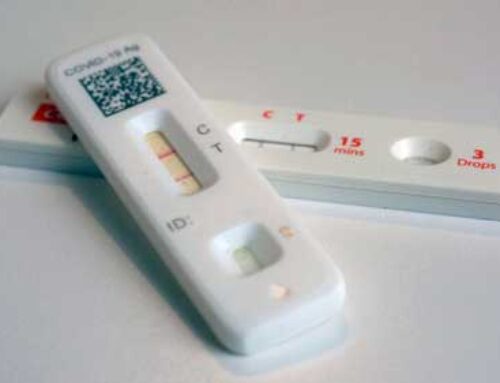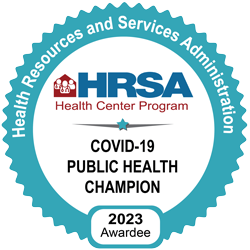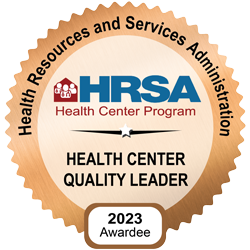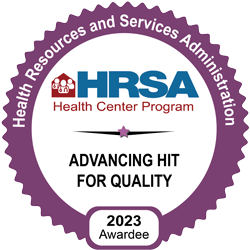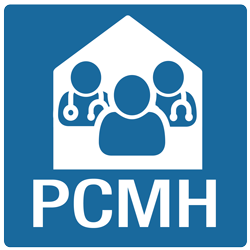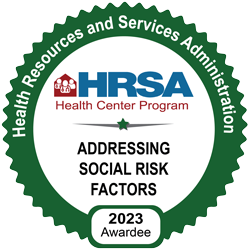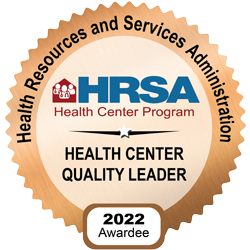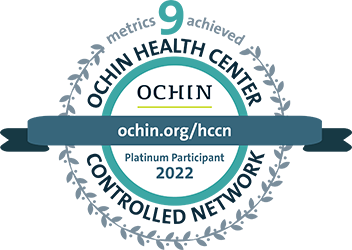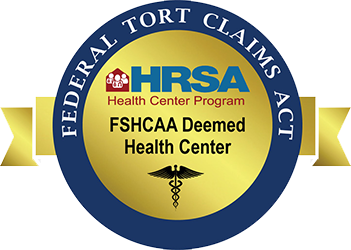Though COVID-19 vaccine availability is accelerating, the demand continues to outpace the supply, necessitating a lot of creativity among providers as they work toward equitable distribution. Across the region, health leaders are working to ensure they’re not denying anyone the vaccine with their efforts to reduce access barriers across populations.
In a mid-February vaccination event held at a community church, Neighborhood Family Practice (NFP) got doses into the arms of as many Hispanic patients as it had in the first four weeks it had been offering the COVID-19 vaccine.
NFP and other federally qualified health centers (FQHCs) — community-based providers that receive federal funds through the U.S. Health Resources and Services Administration —have found pop-up vaccine clinics to be incredibly effective and efficient in their efforts to reach minority populations.
Though COVID-19 vaccine availability is accelerating, the demand continues to outpace the supply, necessitating a lot of creativity among providers as they work toward equitable distribution.
“Folks in communities of color were disproportionately impacted in terms of their hospitalizations and deaths,” said Jean Polster, NFP president and CEO. “If we were equitable in the country, we would be focusing on communities of color first. And that’s where I think FQHCs realized that and why we become so critical.”
NFP worked with the Ohio Department of Health to hold the one-day clinic at La Sagrada Familia Church in Cleveland an effort to focus on members of the Hispanic community, who make up about 25% of NFP patients.
Overall, FQHCs are giving a higher percentage of their vaccines to minority populations when compared to other Cuyahoga County providers, according to data from Better Health Partnership.
Part of this is because FQHCs are tasked with serving underserved communities and vulnerable populations — including Black, Latino, low-income and immigrant populations —so they’re already familiar with and reach these patients.
But in the initial weeks of the vaccine rollout, the centers’ demographics of vaccinated patients mirrored the average across Cuyahoga County providers. FQHCs worked to shift their strategy to ensure they were targeting the minority populations they serve.
Data from Better Health Partnership as of March 6 show that 24.2% of individuals who had received at least one dose of the vaccine at a FQHC were Black, compared with 12.6%countywide. At the health centers, 7.9% of vaccines were given to Hispanic/Latino patients, compared with 2.1% among other providers in Cuyahoga County. The rate of vaccines started among Asian patients was 2.2% at FQHCs, pacing slightly behind the county’s 3%.
FQHCs are “uniquely qualified and equipped” to reach the high-risk and hard-to-reach communities they are in constant connection with, said Karen K. Butler, chief operating officer of Northeast Ohio Neighborhood Health Services (NEON), an FQHC.
“So that really elevated our role in helping to reduce the spread of COVID-19 infections and mortality in our minority communities in particular,” she said.
Read the article from Crain’s Cleveland Business here.

